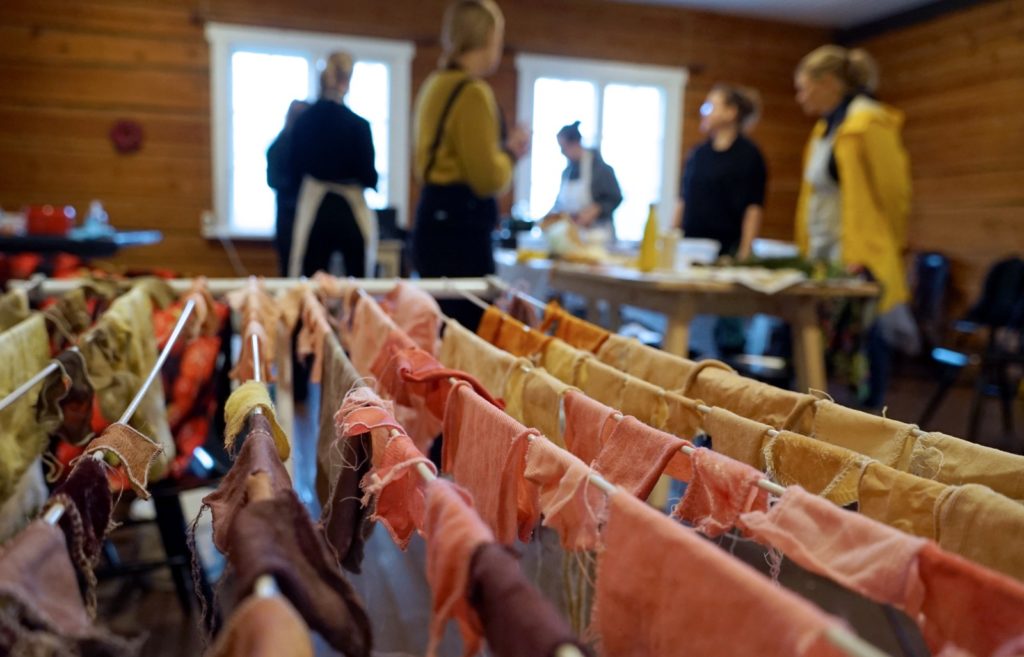Designers consider that the locality, connection with nature, the aesthetics of diversity and uniqueness connected to natural dyes offer new dimensions to design.
Finding environmentally friendly material alternatives motivates many designers to also look at dyes from a new perspective. Natural dyes are of interest because they offer a natural and safe alternative to synthetic dyes, especially in products that are overall produced using ecological materials and processes. As the industrial applications of natural dyes are still in the research and development phase, natural dyes are particularly well suited for unique or small-scale production.
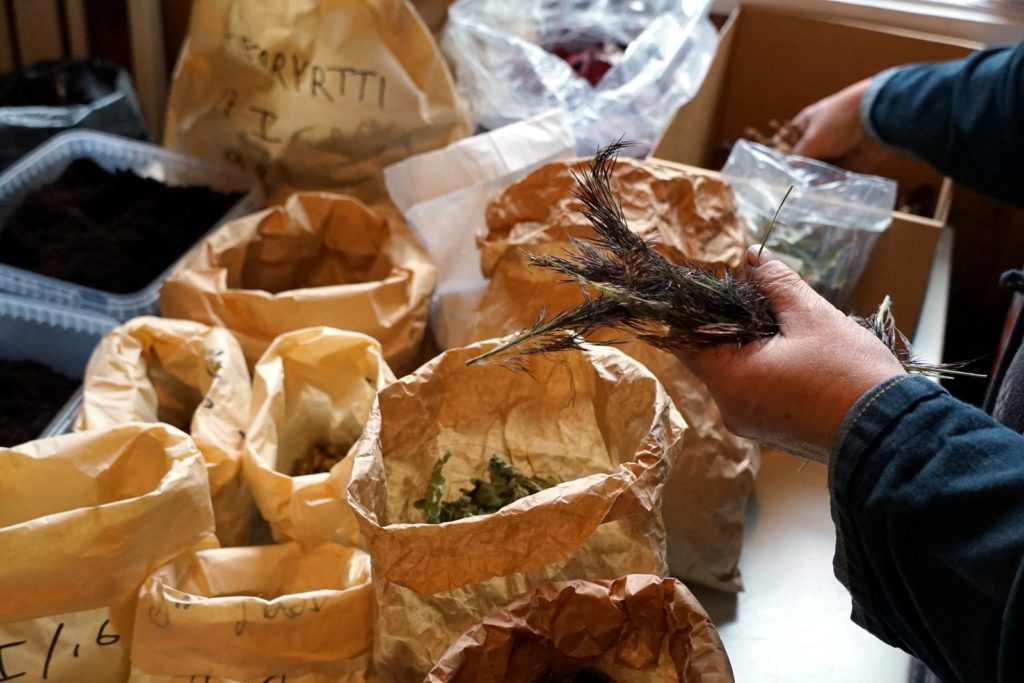
The BioColour project and the Pirkanmaa Designers’ Association Modus ry co-organized the BioColour Lab -workshop for designers, which brought together designers from various fields to experiment on and discuss about natural dyes. The workshop took place at the Vähäsilta camp center on 16-18 September 2020 and was attended by textile, jewelery, interior design and furniture design professionals from all over Finland. The workshop program included speeches, dyeing work, creative experiments with natural dyes, discussions and final exhibition. Speeches included a presentation by Riikka Räisänen, leader of the BioColour project, on the properties of natural dyes and a speech by Pirita Lauri, a PhD student in design research at Aalto University, on the meanings experienced by a designer in natural rhythmic processes. The dyeing workshops were taught by craft education master’s student Jaana Krouvi and craft teacher Minna Laari-Lehtinen.
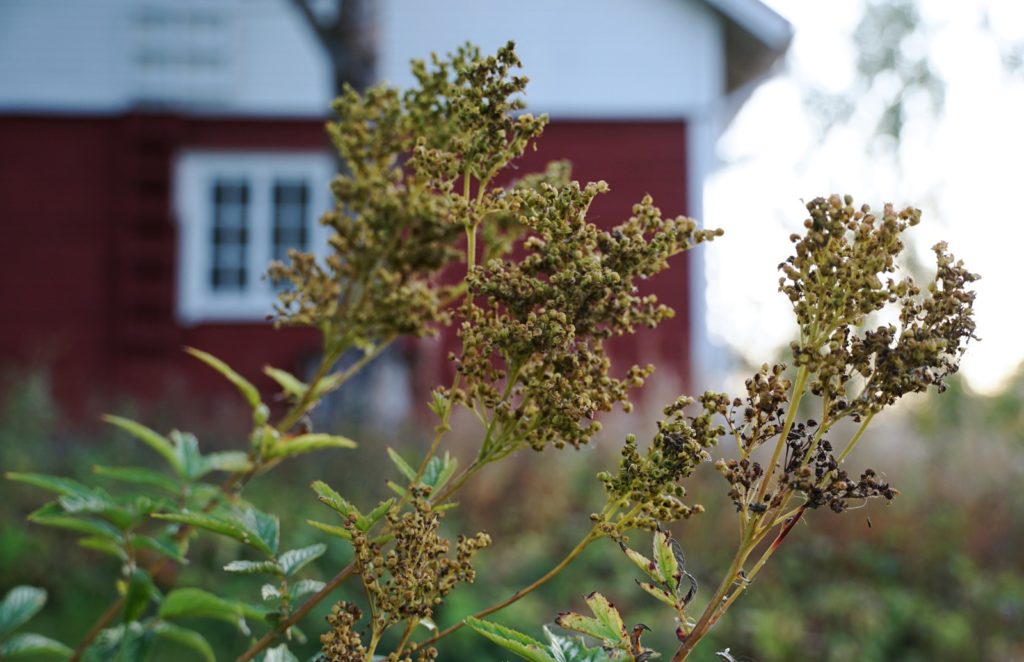
In addition to smaller-scale applications, designers are also considering the link between natural dyes and the wider change in the clothing industry and consumer culture. Dyeing with natural dyes with traditional processes is slow and the end result is not fully controllable. This can lead to a more appreciative and deeper relationship with color, which in turn can increase the appreciation of the product itself and the willingness to maintain and cherish it for longer. Knowledge of the origin of the dye connects the designer and the end user of the dyed product to the environment and adds deeper meanings to the product through storytelling. The variability, change, and unpredictability of natural colors increase their uniqueness and thus potentially their desirability and luxury value.
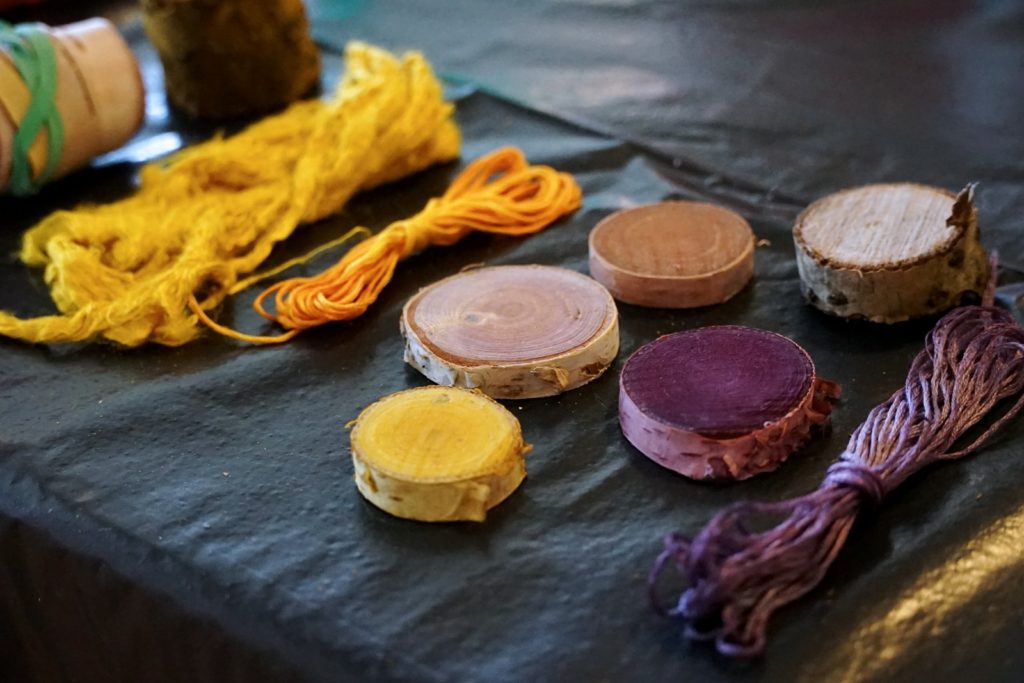
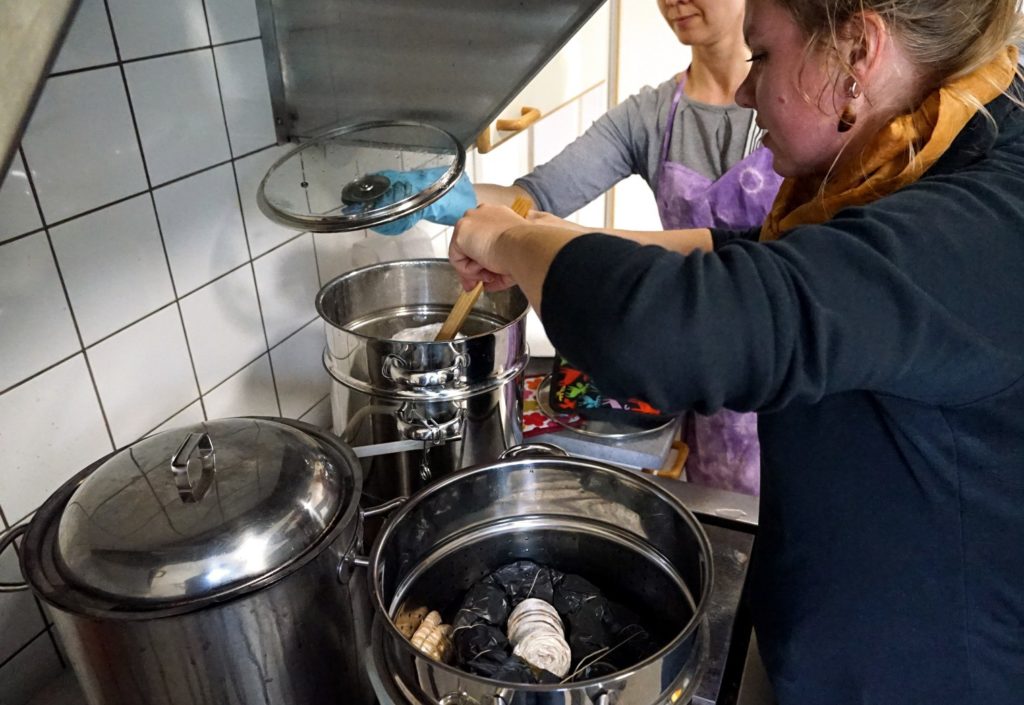
The designers saw many positive aspects in the use of natural dyes, for example the multisensory and the versatility of the process. The surprise of the dyeing results appeared to be an interesting feature that could even change attitudes towards colors that are traditionally considered controllable. Unpredictability poses however challenges to scaling up to industrial production and repeating dye results. Treating naturally dyed colours as colour-lots and the wider cultural change in relation to materials and their controlled qualities could show these challenges in a new light.
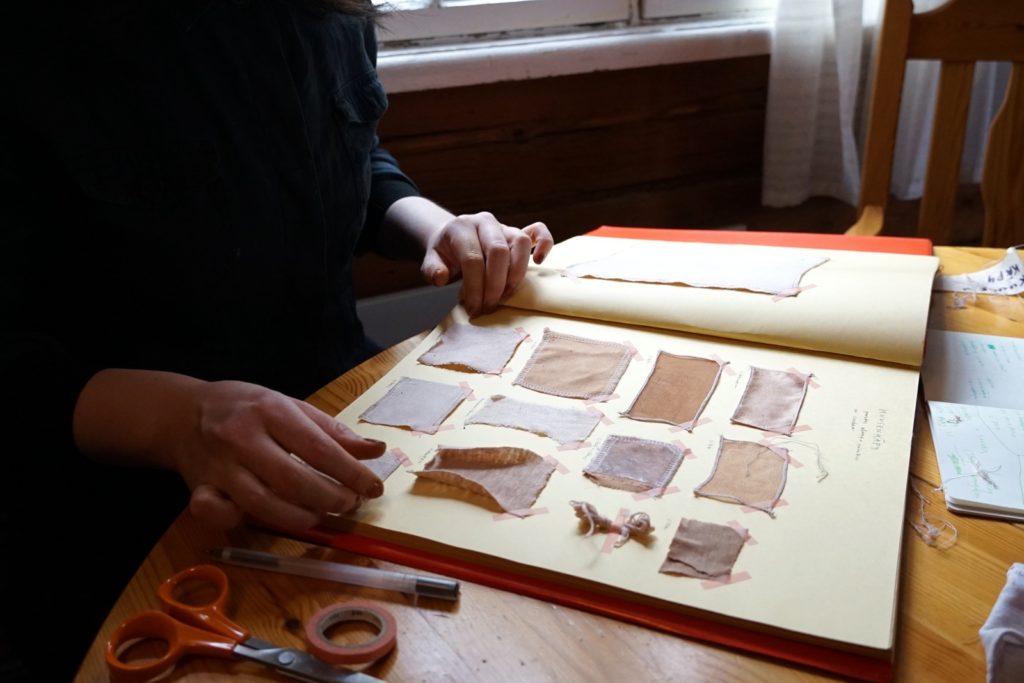
For challenging the consumer culture based on novelty and accelerating production, there needs to be new ways of creating or replacing the feeling of novelty. In the workshop designers discussed natural dyes as a way to renew existing products and materials. Deeper understanding of the origins of (natural) dyes and possible new concepts, that involve the end-user in the manufacture or finishing of the product they purchase, could add value to the products and support the active involvement of the product user instead of passive consumption.

Visit the online exhibition for seeing more dyeing and material experiments done in the workshop.
Text and photos: Riikka Alanko, Content Coordinator of BioColour-project
